Feadship launches hydrogen fuelled superyacht
It might be the largest motoryacht to be launched in The Netherlands, but Project 821 is grabbing the headlines due to its technological breakthrough…
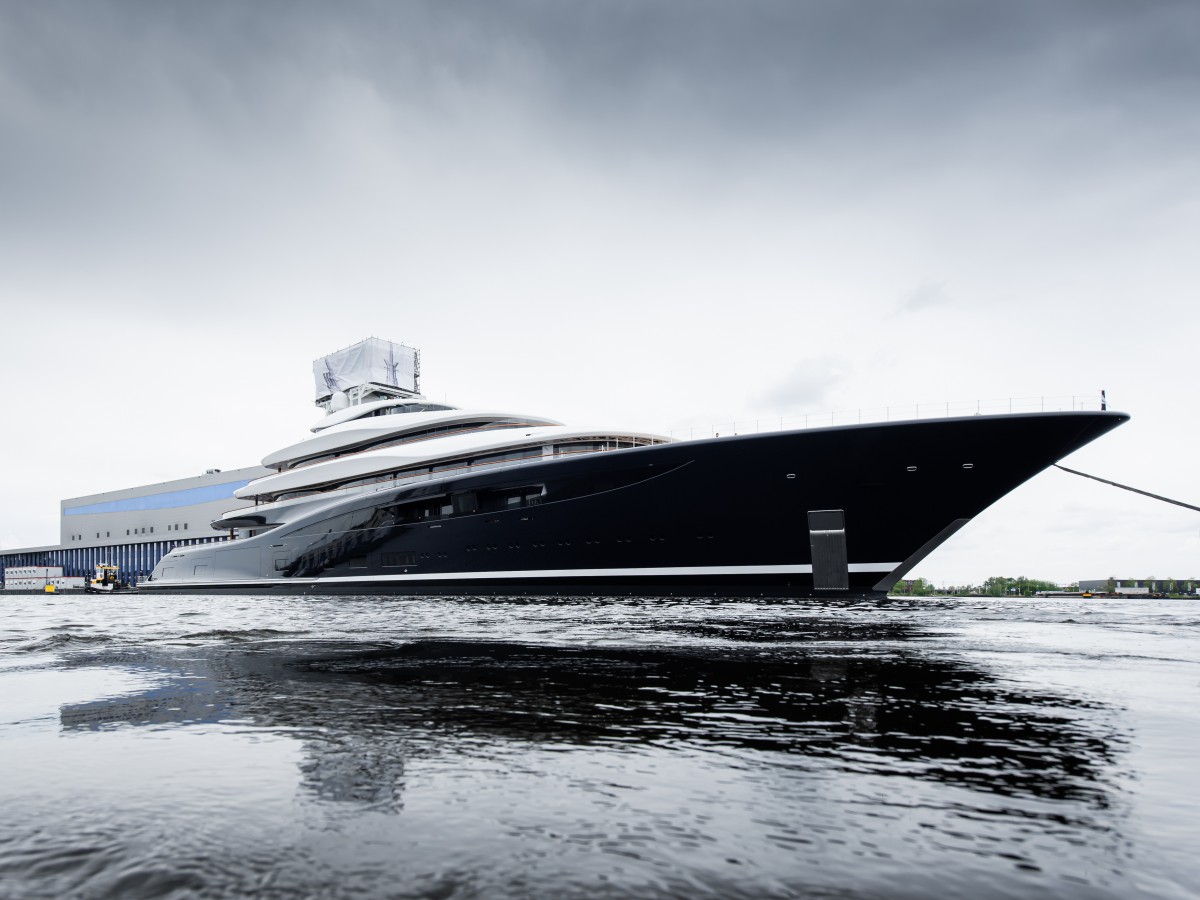
Project 821 has finally hit the water after half a decade of a potentially revolutionary design and build process, with some claiming it to be the “best yacht ever” and a “pioneering” case study for hydrogen fuel-cell-powered superyachts. Whilst Feadship’s latest launch also claims the distinction of being the largest motor yacht ever constructed in The Netherlands, surpassing the recently delivered LAUNCHPAD by 30 per cent more volume, the 119-metre yacht is grabbing the headlines due to its advancement in hydrogen technology.
Designed alongside RWD and with owners’ representation by Edmiston, Feadship’s ‘zero-diesel’ approach allows for cruising between harbours or anchorages and operating the yacht's hotel load and amenities with emission-free power from green hydrogen. Whilst hydrogen will not be able to fuel long crossings, the yacht’s hotel load will be powered entirely by the fuel cells.
“The brief was to build the greenest and most environmentally advanced yacht ever built, without compromise. It was a huge challenge, but one that the team has embraced and delivered on,” says Jamie Edmiston (Chief Executive), Edmiston. “The yacht we see today, designed by RWD and built by Feadship is without doubt the best yacht ever built. I am proud to have been involved since the inception of this idea.”
“RWD are immensely proud to have been involved in such a forward-thinking project, as a collaboration alongside Feadship and Edmiston. We hope it inspires other projects to think differently in the future,” adds Charlie Baker, Director, RWD.
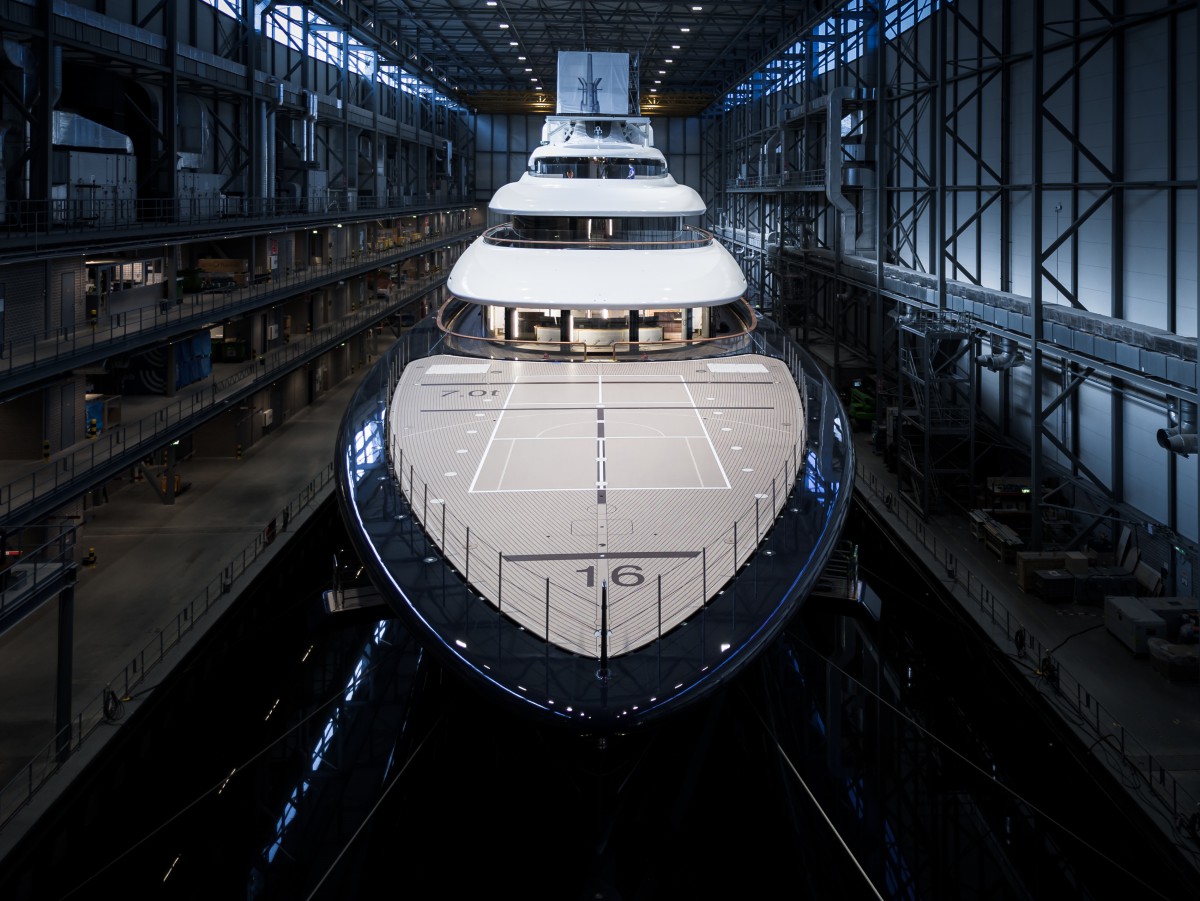
In the absence of regulations governing hydrogen storage and fuel-cell systems at class, flag-state, or IMO levels, Feadship, Edmiston, and Lloyd's Register collaborated to find solutions. Drawing on expertise from allied industries, the designers developed scaled equipment, protocols, and safety regulations in tandem with the technological advancements of Project 821.
“The value of the research as well the development of class and flag safety regulations for an entirely new type of energy generation is an advancement we are proud to have made available to all,” said Jan-Bart Verkuyl, Feadship Director / CEO Royal Van Lent Shipyard. “The aim has been to develop a new, clean technology not just for this project, but for the world,"
Feadship’s R&D efforts, focusing on hydrogen research alongside other fossil-free fuel options, align with its aim of achieving “net zero” yachts by the end of the decade, and Verkuyl highlights the practicality of exploring pure green hydrogen as a fuel-cell source for the proposed yacht given its size.
While the technology is more prevalent in the automotive and space sectors, its integration into maritime applications is relatively unheard of. Hydrogen fuel cells on board a yacht of this profile represent a significant technological advancement in the sector, potentially foreshadowing the future shift to greener fuels amidst the energy transition. In a fuel cell, hydrogen processing results in only electricity and water as by-products.
From the offset, developing a feasible method for storing compressed liquid hydrogen at -253°C aboard a yacht posed a significant technical challenge. However, Feadship maintains that investment in technology is crucial for transitioning away from fossil fuels, with hydrogen offering one of the most efficient and clean alternatives.

Despite hydrogen’s light weight—70kg per cubic metre compared to around 800kg for non-fossil diesel equivalent fuel—safe storage demands a double-walled cryogenic tank, which occupies considerably more space than diesel fuel for the same energy content. Project 821's cryogenic tank, which holds 92 m2 (around 4 tonnes) of hydrogen and sixteen compact fuel cells. The fuel cells can also utilise methanol, a more manageable liquid fuel, which is steam-reformed into hydrogen for the fuel cell's reaction.
While this might be insufficient for complete crossings, the hydrogen system can significantly reduce the yacht's carbon footprint by supplying electricity for hotel loads, where most energy is consumed. According to the Yacht Environmental Transparency Index (YETI), 70-78 per cent of a yacht's total energy use per year is to supply its hotel load, with heating and air conditioning making the largest demands. For longer journeys or when hydrogen isn't available, MTU generators combust HVO, a biofuel, reducing emissions by up to 90%.
Project 821's energy storage capacity of 543 kW hours contrasts with earlier Feadship hybrids Savannah stored a megawatt of electrical energy), yet its fuel cell technology enables silent operation for a week at anchor or emission-free cruising at 10 knots. It also incorporates an efficient waste heat recovery system and a Smart AC system for energy management, further reducing hotel load energy consumption.
For Verkuyl, fuel cells will play an important role for yachts in the years to come considering their superior efficiency, low particle emissions and low noise radiation.
“We have now shown that cryogenic storage of liquified hydrogen in the interior of a superyacht is a viable solution. Future innovations on fuel cells and onboard reforming of methanol to hydrogen are on the near horizon,” he says. “For Feadship, the bottom line is that the decarbonisation of Feadship's upstream process such as our extensive use of aluminium produced in a more environmentally sensitive way and the production of net-zero carbon-free fuels or hydrogen carriers deserves utmost priority”.
Project 821 is currently being offered for sale by Edmiston.
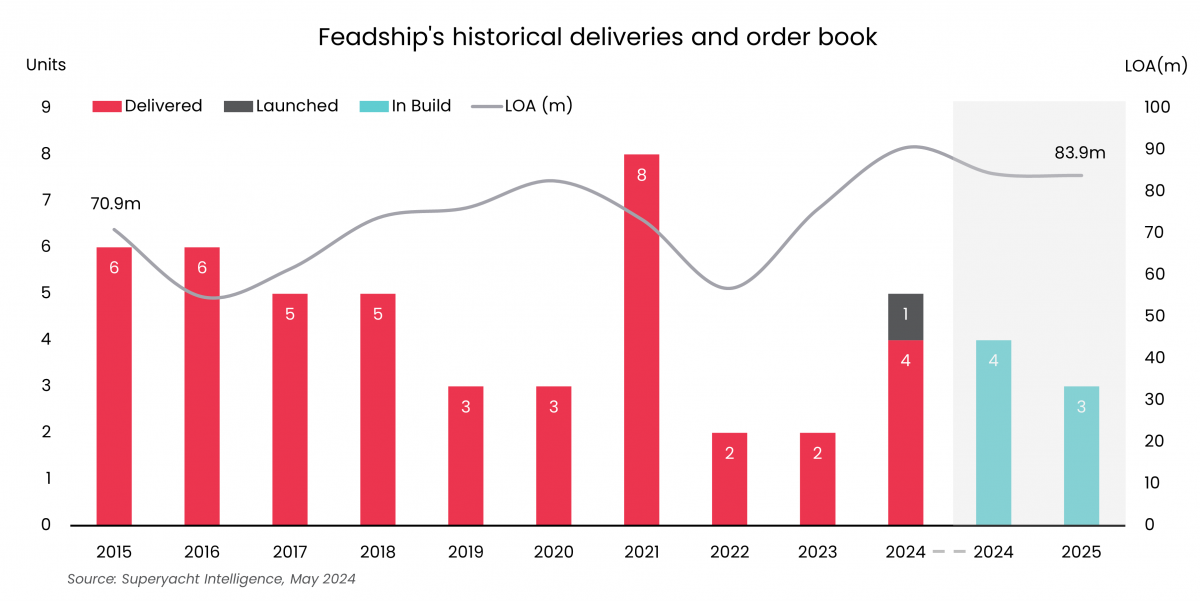
Profile links
NEW: Sign up for SuperyachtNewsweek!
Get the latest weekly news, in-depth reports, intelligence, and strategic insights, delivered directly from The Superyacht Group's editors and market analysts.
Stay at the forefront of the superyacht industry with SuperyachtNewsweek
Click here to become part of The Superyacht Group community, and join us in our mission to make this industry accessible to all, and prosperous for the long-term. We are offering access to the superyacht industry’s most comprehensive and longstanding archive of business-critical information, as well as a comprehensive, real-time superyacht fleet database, for just £10 per month, because we are One Industry with One Mission. Sign up here.
Related news
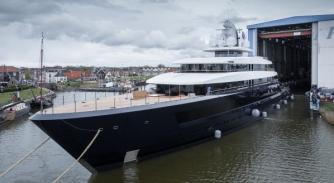
Feadship’s first hybrid electric readies for sea trials
Project 1012 has finally exited the construction shed at the Dutch shipyard’s facility in Makkum ahead of its final fittings prior to delivery
Fleet

YETI: Five Years On
Feadship reflects on five years of Water Revolution Foundation’s transformative Yacht Environmental Transparency Index tool
Technology
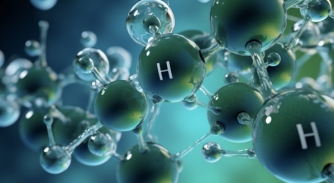
Lürssen secures EU funding for hydrogen vessel
The shipyard’s Croatian engineering firm is aiming to develop a multi-million-euro sustainable, climate-neutral fuel system
Crew

Italy powers on with hydrogen infrastructure
Italian superyacht stakeholders continue to lead the charge in the energy transition with new hydrogen-refuelling infrastructure
Crew
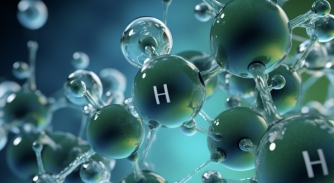
Hydrogen’s hurdles
Hydrogen might seem like the ideal fuel for the decarbonisation journey, but in reality, several hurdles hinder its implementation
Opinion

Refitting for the inevitable future
Feadship’s Pier Posthuma de Boer and Giedo Loeff discuss the pathways to the decarbonisation of the existing superyacht fleet
Technology
Related news
YETI: Five Years On
1 year ago
Italy powers on with hydrogen infrastructure
1 year ago
Hydrogen’s hurdles
1 year ago
Refitting for the inevitable future
1 year ago
NEW: Sign up for
SuperyachtNewsweek!
Get the latest weekly news, in-depth reports, intelligence, and strategic insights, delivered directly from The Superyacht Group's editors and market analysts.
Stay at the forefront of the superyacht industry with SuperyachtNewsweek



